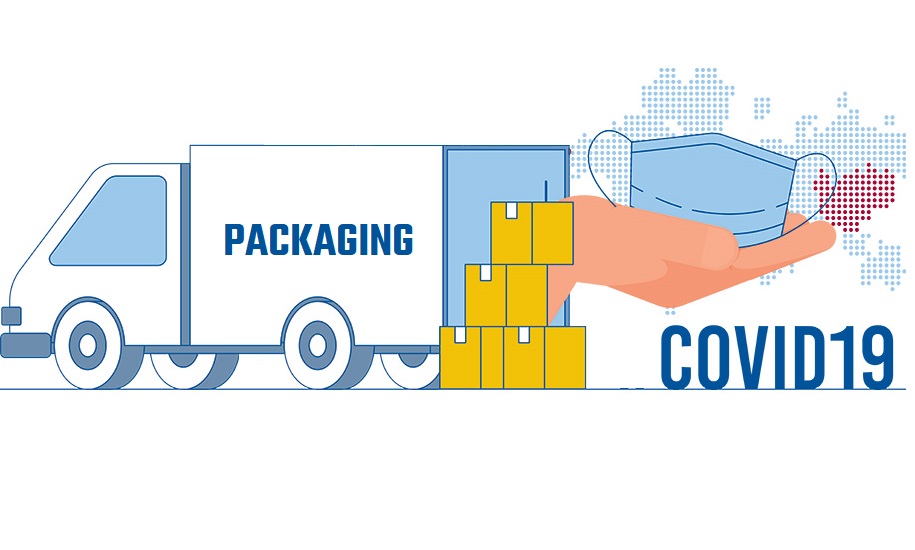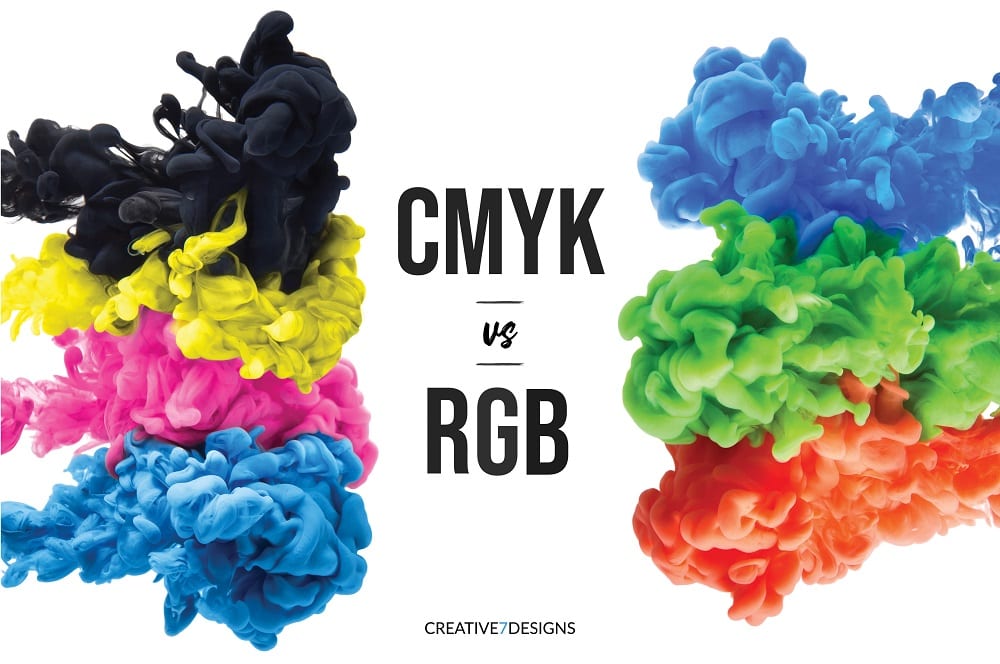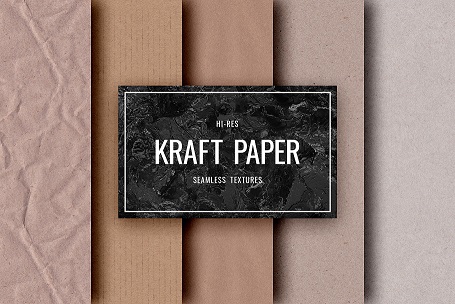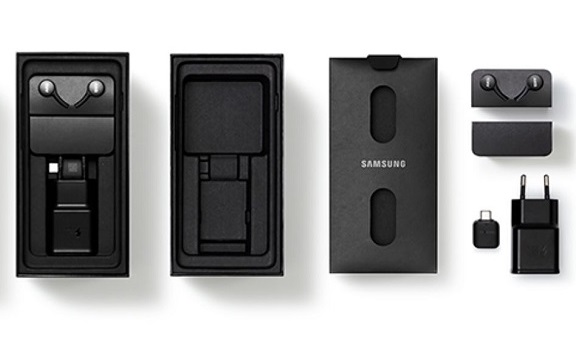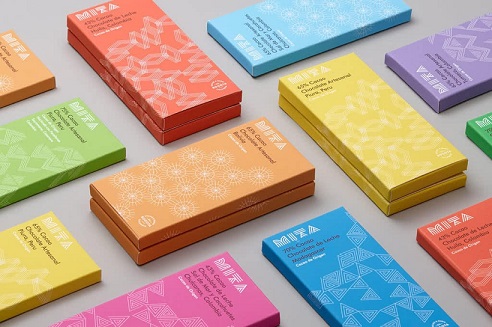Choosing the Right Binding Type
There are many different types of binding methods out there that designers and students use for dissertations, portfolios, pitch documents and books.
Firstly I’ll run through the most common types of binding as below.
Hardcover or Case Bound
We often see this type of binding used for look books, booklets, and magazine with elegant high-end cover.

Saddle-stitching (8-80 Pages)
It’s probably the easiest (have you the tools) and the most economical binding method.
Pages are folded, creased and stapled together (not by an ordinary stapler – a stapler with long jaws, designed specifically for saddle stitching).
We often see this type of binding used for look books, booklets, and magazines that have a smaller page count.

Perfect Binding /Perfect Bound (50-250 Pages)
A form of binding most often used in the types of books you find yourself reading on the train or at home, otherwise known as paperback or softcover books.
Perfect bound books can also be useful for manuals, catalogues, and annuals. Pages are folded into sections (termed signatures in the industry) and glued with a heavier printed wrap-around cover into the spine using a strong adhesive. It’s not the strongest form of binding and your book won’t open flat; you’ll know a book has been poorly perfect bound when your pages start falling out.
Perhaps you’ve heard the term PUR perfect bound? Here the binding is much the same, but a stronger adhesive is used, and is what we would recommend if perfect binding is the style you’re going for.
Generally, a hardback covered book would only be PUR perfect bound, as the glue used to form your paperback or softcover books won’t adhere to the hard case spine very well.

Section Sewn/Sewn Bound(8-24 Pages)
Your most secure binding method.
Here pages are folded together into sections (signatures). Each section is then sewn into the following section along the spine. The spine is then glued together for extra support and the cover then attached. A Section Sewn book, regardless of pagecount will be able to lay flat.

Wire Binding/ Spiral Binding(16-275 Pages)
Comb Bound /Plastic Bound(2-250 Pages)
Most of you would have bound a document throughout school or university using one of these methods.
In a nutshell, holes are punched through the pages of your document near the bound edge, and held together using either wire or plastic coils.
If you’re after a something a little fancier, a a document can be wire bound inside a hard cover, cloth or printed case.

Pamphlet Binding
Uses a single section (signature) and is sewn with a running stitch down the spine; often an alternative to stapling (saddle stitch) but in my opinion leaves you with a much more elegant finish.

Coptic Binding
A non-adhesive form of binding that stems from bookbinding methods employed by ancient Egyptians! Signatures are sewn through their folds, and attached to one another and again sewn through two loose covered boards with a chain like stitch across the spine.

Japanese Binding
This is useful for binding single sheets of paper.
You can have either a soft back or hard back cover which attaches to the text block with decorative stitching along the spine. Another option using this decorative sewing technique is to only expose the stitching on the inside of the book.
This is achieved by turning in the edge of the cover boards to create a hinge; the book is then sewn from the inside.
It is recommended to use Japanese style binding for large or landscape format books as the binding requires a large margin.

Screw-post Binding (16-400 Pages)
There a few ways you can use screws to bind your work and it’s a popular choice for portfolios as it leaves you with the ability to add or remove pages.

If you want any information about us, welcome to contact us by the contact detail ↓↓↓
Shenzhen Hoocing Packaging Design Co.,Ltd.
Email: sales@hoocing.com
Website: www.hoocing.com


